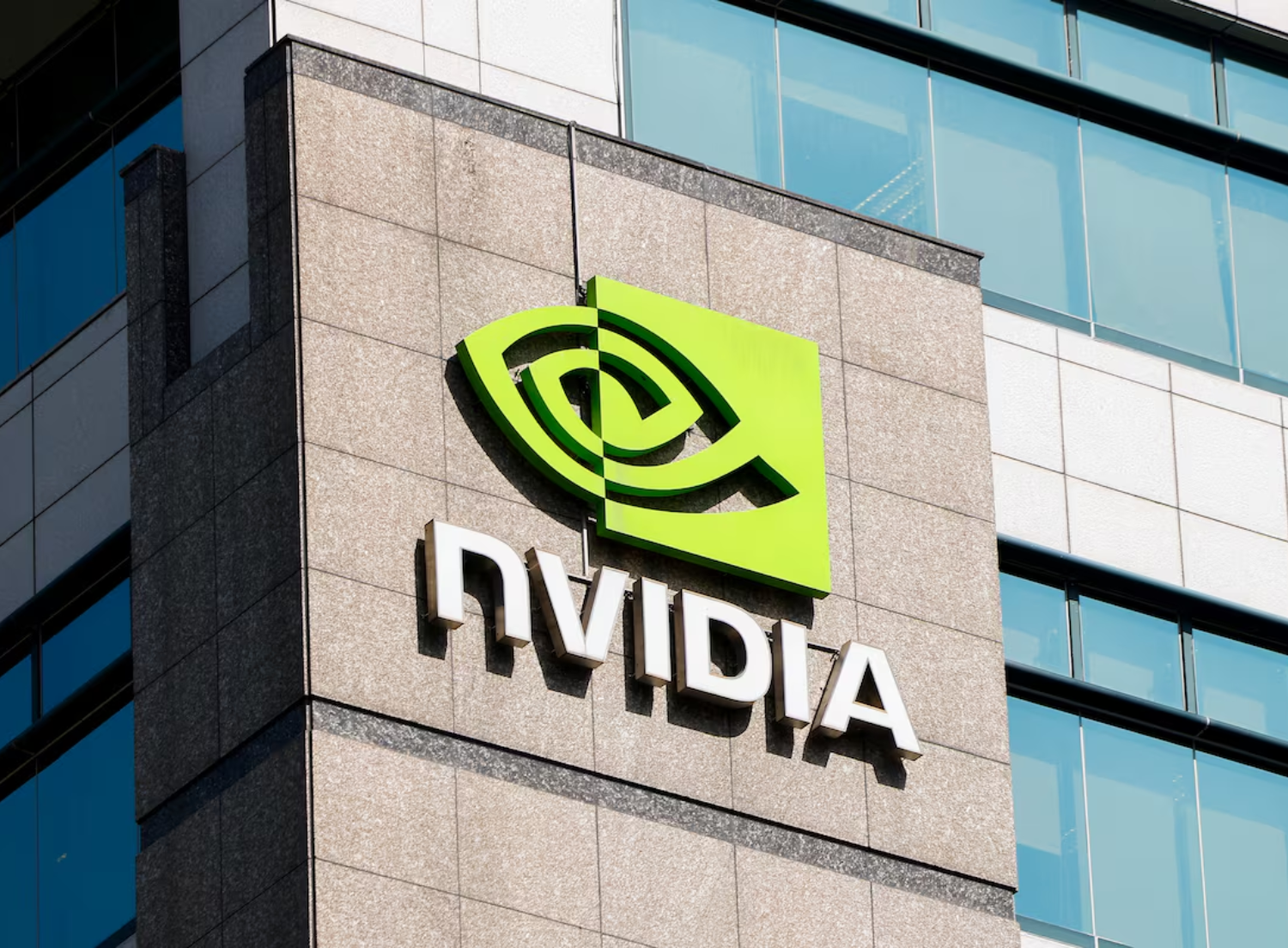How Trump’s Tariffs Are Upping Consumer Prices
Image Credit : Edited By Portfolio Prints
Source Credit : Portfolio Prints
Since early 2025, former President Trump's new wave of tariffs—dubbed the “Liberation Day” tariffs—have significantly increased the average U.S. tariff rate to its highest level in nearly a century (around 17–18%) . These sweeping import duties on metals, autos, appliances, and consumer tech are translating into noticeably higher prices for everyday Americans.
Tariff Rates & Household Impact
- Effective tariff rates have hit ~17.6%, the highest since 1934.
- The Yale Budget Lab estimates these tariffs are raising U.S. consumer prices by ~2.3% in the short term—equating to an annual loss of $3,800 per household.
- For lower-income families, the burden is stark: households in the bottom income deciles lose between $1,700–$1,700 annually, while top earners lose ~$8,100.
Consumer Price Increases by Category
- Groceries & cookouts: Prices for barbecue staples (ground beef, ice cream) surged by ~12.7% year-on-year ahead of July 4th, the highest since the 1980s.
- Fireworks & celebration goods: With 95% of fireworks imported from China, tariffs hiking to 145% (now ~30%) have raised consumer prices and squeezed supplies.
- Consumer tech: Tariffs on smartphones, laptops, tablets, monitors, and game consoles have driven price increases of 31–69%.
- Everyday goods on Amazon: From January to mid-June 2025, median prices for China-made products rose ~2.6%, surpassing the 1% core goods CPI increase.
How Tariffs Reach Consumers
- Pass-through rates: Goldman Sachs estimates ~70% of tariff costs are being passed to consumers via higher prices—or even more in some sectors.
- Retail data: Real-time retail tracking shows sustained price increases for Chinese imports—even beyond tariffed items—indicating businesses may use tariffs as justification for broader price hikes.
- Retailer impact: In the pre–Prime Day period, Amazon and third-party sellers trimmed discounts due to tariff-related cost pressures, signaling squeezed margins echoing through the retail system.
Broader Economic & Supply Chain Effects
- Economic drag: These tariffs are expected to shave ~0.5–0.9 percentage points off U.S. GDP in 2025, lowering real household incomes and productivity.
- Inflation pressure: The Federal Reserve and economists forecast that these tariffs will inflate core PCE and CPI in late 2025, with expectations for core PCE rising from ~3.4% to ~4.3% by Q4.
- Consumer sentiment: 73% of Americans expect price increases due to the tariffs, while supply chain volatility—driven by policy uncertainty—hurts business confidence.
Real-World Examples
| Product Category |
Tariff Impact |
| Washing machines |
10–25% tariffs created 10–42% price hikes depending on study |
| Copper (for EVs, wires) |
50% tariff announced Aug 1, 2025—raising appliance, EV, home repair costs |
| Grocery & home goods |
Median price jumps of 2.6% vs. 1% CPI during first half of 2025 |
Looking Ahead
The 90-day tariff pause will end soon. With limited new trade deals (e.g., UK, Vietnam, China), tariffs are expected to resume, potentially adding another $82 billion in costs for mid‑sized firms—reinforcing price pressures.
Stagflation risk: Continued protectionism may usher in a period of high inflation with sluggish growth—stagflation—that could challenge the Federal Reserve and consumers alike .
Final Take
Trump’s aggressive tariff approach is more than geopolitical theatre—it has real, measurable effects on Americans’ wallets. The escalating import taxes are driving up prices across essential and discretionary categories, shrinking consumer purchasing power. And unless alleviated through new trade deals or tariff rollbacks, these inflationary pressures are likely to intensify, with far-reaching economic ramifications.
